The NHL Draft Lottery is a pivotal event that shapes the future of the league by determining the order in which teams select promising young talents.
In this blog post, we unravel the intricacies of the NHL Draft Lottery, exploring the eligibility criteria, the weighted lottery system, and the drawing process.
As teams vie for the chance to secure top picks in the upcoming NHL Entry Draft, understanding the mechanics of the lottery becomes crucial.
From the evolution of the system to controversies surrounding tanking, we delve into the dynamics that have shaped the NHL Draft Lottery over the years.
What Is an NHL Draft Lottery?
The NHL Draft Lottery is an annual event in the National Hockey League (NHL) that determines the order in which teams will select players in the upcoming NHL Entry Draft.
The draft is an opportunity for NHL teams to replenish their rosters with young and talented players who are not yet part of the professional league.
The draft lottery is typically held before the actual draft and involves teams that did not qualify for the playoffs in the previous season.
The purpose of the lottery is to discourage teams from deliberately losing games in order to secure a higher draft position.
The teams that did not make the playoffs are assigned a certain number of lottery balls, with the odds of winning the top picks increasing for the teams that finished lower in the standings.
Evolution of the Draft Lottery
The NHL Draft Lottery has undergone several changes since its inception to address concerns about tanking and to introduce more fairness and unpredictability into the system.
Here’s a brief overview of the evolution of the NHL Draft Lottery:
Original System (1995-2012)
The NHL introduced the draft lottery in 1995 to deter teams from intentionally losing games to secure higher draft picks. Initially, only the teams that missed the playoffs had a chance at winning the lottery.
The team with the worst record had the best odds of winning, and the likelihood of winning decreased for teams with better records among the non-playoff teams.
Three-Draw System (2013-2015)
In 2013, the NHL implemented a significant change by introducing a lottery system that included three separate draws.
The team that finished last in the regular season standings could drop no lower than the second overall pick. This change aimed to reduce the incentive for teams to finish dead last in the standings.
McDavid/Eichel Rule (2015)
The 2015 draft lottery introduced additional changes, often referred to as the “McDavid/Eichel Rule.” The team that finished last in the standings was guaranteed no lower than the second overall pick.
This was in response to the highly anticipated 2015 NHL Entry Draft, which featured two generational talents: Connor McDavid and Jack Eichel.
Weighted Lottery (2016-Present)
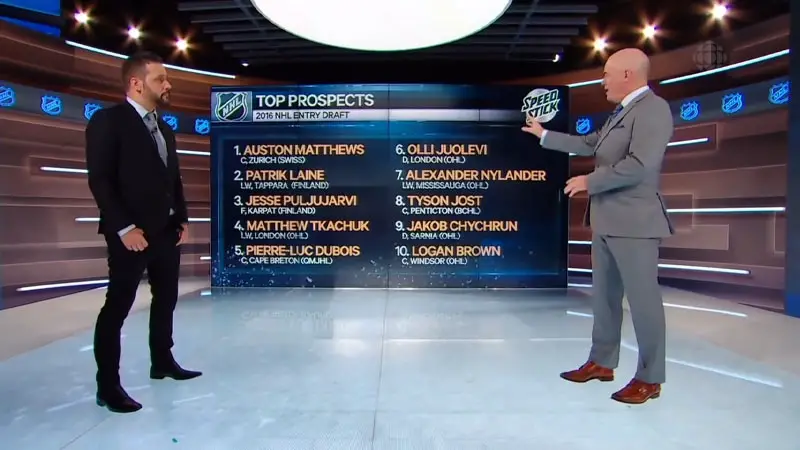
The NHL made further adjustments in 2016, transitioning to a more weighted lottery system.
Under this format, the odds of winning the lottery are distributed more evenly among the non-playoff teams, reducing the advantage for the team with the worst record. The number of picks subject to the lottery has also increased over the years.
Adjustments in Odds (2019)
In 2019, the NHL made additional changes to the lottery odds to further discourage teams from finishing at the bottom.
The top three lottery spots were up for grabs, meaning that the team with the worst record could fall as low as the fourth overall pick.
It’s important to note that the NHL may continue to tweak the draft lottery system to ensure its effectiveness in maintaining competitiveness and fairness in the league.
The evolution of the draft lottery reflects the league’s ongoing efforts to balance the interests of teams and promote a competitive balance among franchises.
How Does the NHL Draft Lottery Work?
The NHL Draft Lottery operates based on a weighted system that includes all teams that did not qualify for the playoffs. The following is a general overview of how the NHL Draft Lottery typically worked:
Eligible Teams
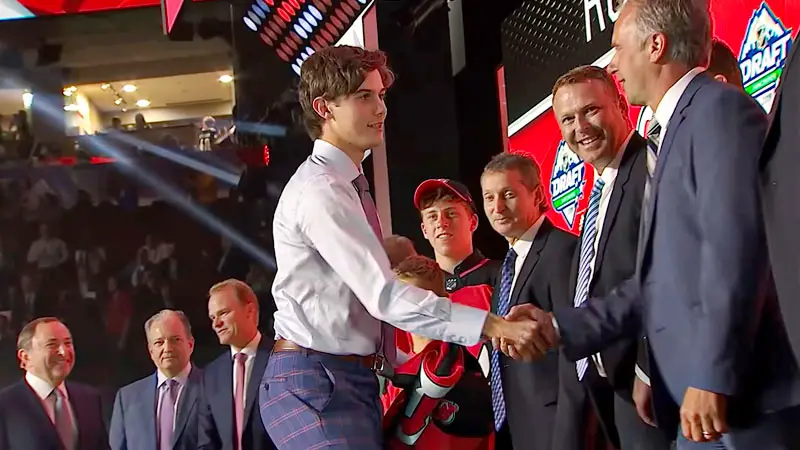
The NHL Draft Lottery includes all teams that did not qualify for the playoffs in the most recent season.
Draft Lottery Odds
Each non-playoff team is assigned a certain number of lottery ball combinations based on their regular-season performance. The team with the worst record receives the most combinations, increasing their chances of winning the lottery.
Lottery Draws
The lottery consists of one or more draws to determine the order of the top picks in the upcoming NHL Entry Draft. The number of draws may vary, and the process can involve multiple phases.
Number of Picks Subject to Lottery
The number of draft picks determined by the lottery may vary. In some years, the lottery determines the top three picks, while in others, it might only determine the first overall pick.
Drawing Procedure
The lottery drawings are typically conducted using a random number generator or a similar method to ensure fairness. The results of the drawings determine the order in which teams will select players in the upcoming draft.
Results and Draft Order
The teams that win the lottery secure the first few picks in the draft, with the remaining draft order determined by the inverse order of regular-season standings among the non-playoff teams.
Adjustments to Discourage Tanking
The NHL has made adjustments over the years to discourage teams from intentionally finishing at the bottom of the standings to improve their draft position.
This includes changes such as a more evenly distributed set of odds among the non-playoff teams and restrictions on how many spots a team can move up or down in the draft order.
It’s important to check the most recent NHL Draft Lottery rules and procedures for the current details, as the league may make adjustments to the system from time to time to address specific concerns or improve the overall fairness of the process.
NHL Draft Lottery Format
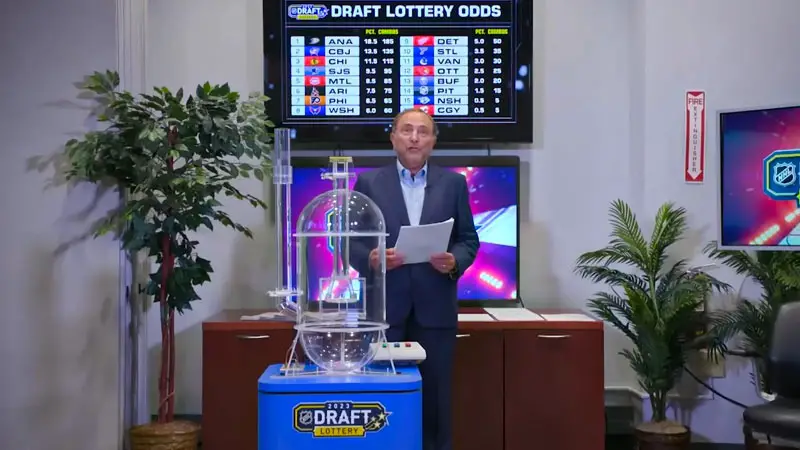
The NHL Draft Lottery format has been subject to change over the years. The league has made adjustments to address concerns and promote competitive balance. Here is a general overview of the NHL Draft Lottery format:
Eligibility
All teams that did not qualify for the playoffs are eligible for the NHL Draft Lottery. This typically includes teams that finished outside the playoff positions in the regular season.
Lottery Odds
Each non-playoff team is assigned a certain number of lottery ball combinations. The team with the worst record receives the highest number of combinations, giving them the best chance of winning the lottery.
The odds are weighted to discourage teams from intentionally finishing at the bottom of the standings.
Drawing Process
The lottery drawing is typically conducted using a random number generator. The results of the drawing determine the order of the top picks in the upcoming NHL Entry Draft.
Number of Picks Subject to Lottery
The number of draft picks determined by the lottery may vary. In some years, the lottery determines the order for the top three picks, while in other years, it might only determine the first overall pick.
The NHL can adjust the number of picks subject to the lottery based on its rules for a particular year.
Changes to Discourage Tanking
The NHL has implemented changes over the years to discourage teams from intentionally tanking to secure a better draft position.
This includes adjustments to the odds distribution, limitations on how many spots a team can move up or down, and other measures to maintain the integrity of the draft process.
Multiple Draws
In some years, the NHL has used a multiple-draw system where the order for different picks is determined in separate drawings.
This adds an element of unpredictability and helps distribute the top picks more evenly among the non-playoff teams.
It’s important to note that the NHL may continue to evolve the draft lottery format, and the specific details can change from year to year.
Controversies and Criticisms Regarding NHL Draft Lottery
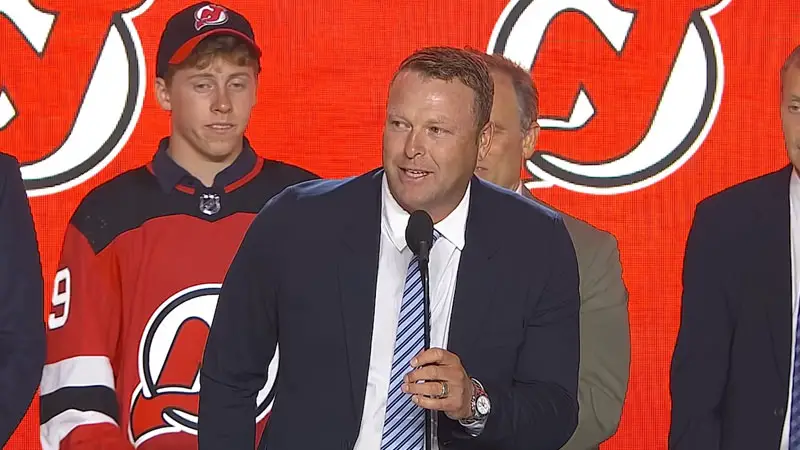
The NHL Draft Lottery has faced several controversies and criticisms over the years, with some concerns related to the perceived fairness and effectiveness of the system. Some of the notable controversies include:
Tanking Concerns
Tanking refers to teams intentionally performing poorly to increase their chances of obtaining higher draft picks.
The draft lottery system is designed to discourage tanking, but there have been instances where teams faced accusations of strategically positioning themselves for better lottery odds.
Unpredictable Results
The introduction of a more weighted lottery system aimed to add unpredictability to the results, but this has also led to unexpected outcomes.
In some cases, teams that finished outside the bottom standings have won the top picks, sparking debates about the fairness of the system.
Adjustments and Rule Changes
The NHL has made multiple adjustments to the draft lottery format over the years, leading to a perception that the league is continuously reacting to issues rather than establishing a stable and fair system.
Some critics argue that frequent changes can create confusion and undermine the integrity of the draft process.
Fan Discontent
Fans of teams that narrowly miss the playoffs or experience a disappointing season may express frustration with the lottery results, especially if a team with a relatively low chance of winning secures a top pick.
This discontent can lead to calls for further changes or reforms to the system.
McDavid/Eichel Rule
The implementation of the “McDavid/Eichel Rule” in 2015, where the team with the worst record was guaranteed no lower than the second overall pick, was met with criticism.
While it aimed to prevent teams from intentionally finishing last, it also resulted in increased scrutiny and debate about the fairness of such rules.
Public Perception
The public perception of the draft lottery, particularly when there are unexpected outcomes, can impact the league’s image.
Questions about transparency and the overall effectiveness of the lottery system have been raised by fans and analysts alike.
It’s important to note that the NHL has made efforts to address some of these concerns over time, and the draft lottery format has undergone revisions to strike a balance between competitiveness and fairness.
FAQs
How are teams selected for the NHL Draft Lottery?
Teams that did not qualify for the playoffs are eligible for the NHL Draft Lottery.
The non-playoff teams are assigned a certain number of lottery ball combinations, with the team finishing last in the regular season receiving the most combinations.
How is the draft order determined?
The draft order is determined through a lottery drawing. The results of the drawing establish the order for the top picks in the upcoming NHL Entry Draft.
The lottery is designed to add an element of chance and fairness to the selection process.
Can a team with the worst record be guaranteed the first overall pick?
No, the NHL Draft Lottery includes provisions to prevent the team with the worst record from dropping lower than a certain position.
The “McDavid/Eichel Rule” ensures that the team finishing last is guaranteed no lower than the second overall pick.
How have the lottery odds changed over the years?
The NHL has adjusted the lottery odds to discourage tanking.
The system uses a weighted approach, with the worst-performing teams receiving higher odds, but the distribution is designed to be more even among the non-playoff teams, promoting competitiveness.
Are there limitations on how much a team can move up or down in the draft order?
Yes, the NHL Draft Lottery imposes restrictions on how many positions a team can move. This is intended to prevent drastic shifts in the draft order and adds a degree of predictability, balancing the impact of the lottery on team positioning.
Wrapping Up
The NHL Draft Lottery stands as a key mechanism to maintain competitiveness and fairness in the league.
As teams eagerly await the lottery results, the balance between weighted odds and unpredictability remains a subject of ongoing discussion.
The league’s responsiveness to concerns, the introduction of rules like the “McDavid/Eichel Rule,” and adjustments to lottery odds all contribute to the evolving landscape of this crucial event.
Whether a fan, analyst, or casual observer, understanding how the NHL Draft Lottery works provides insight into the league’s commitment to balance and the continuous efforts to refine the draft process for the betterment of the sport.

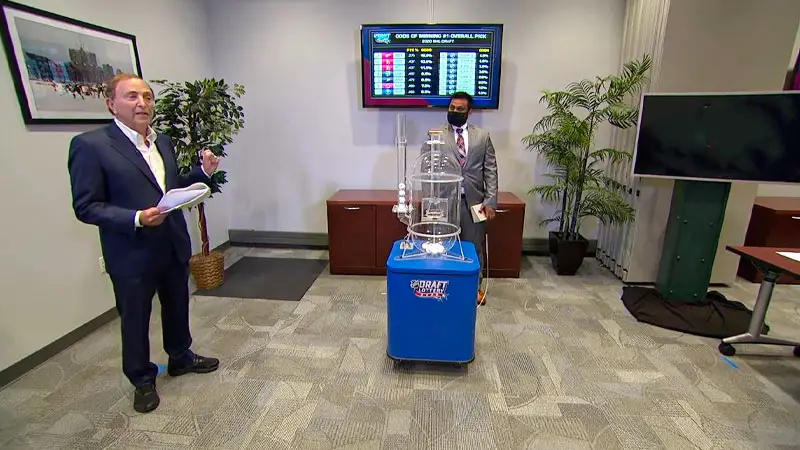






James Felix